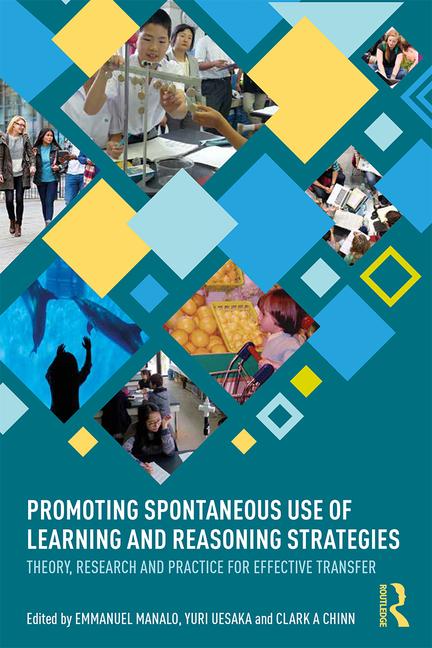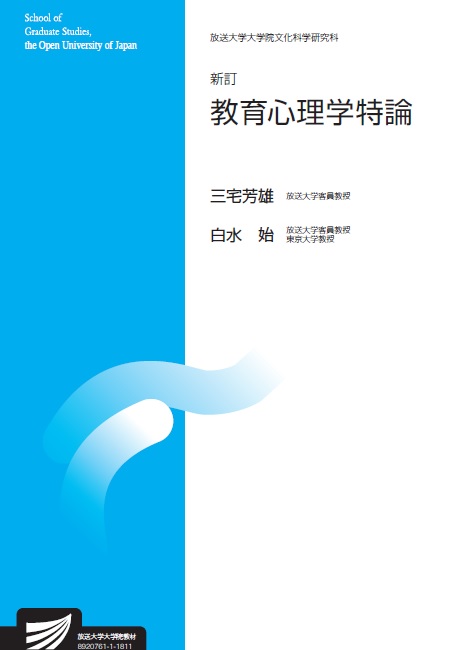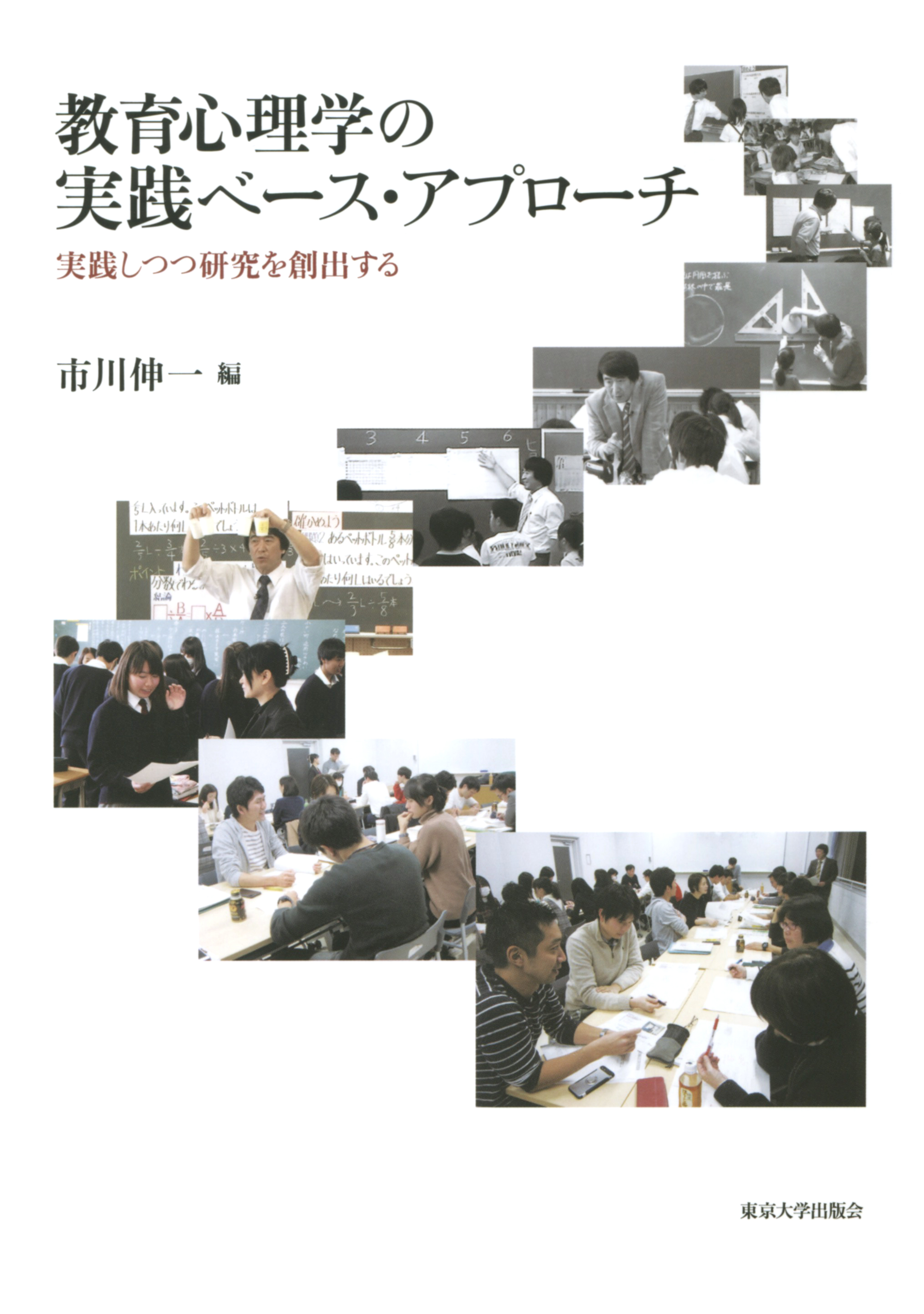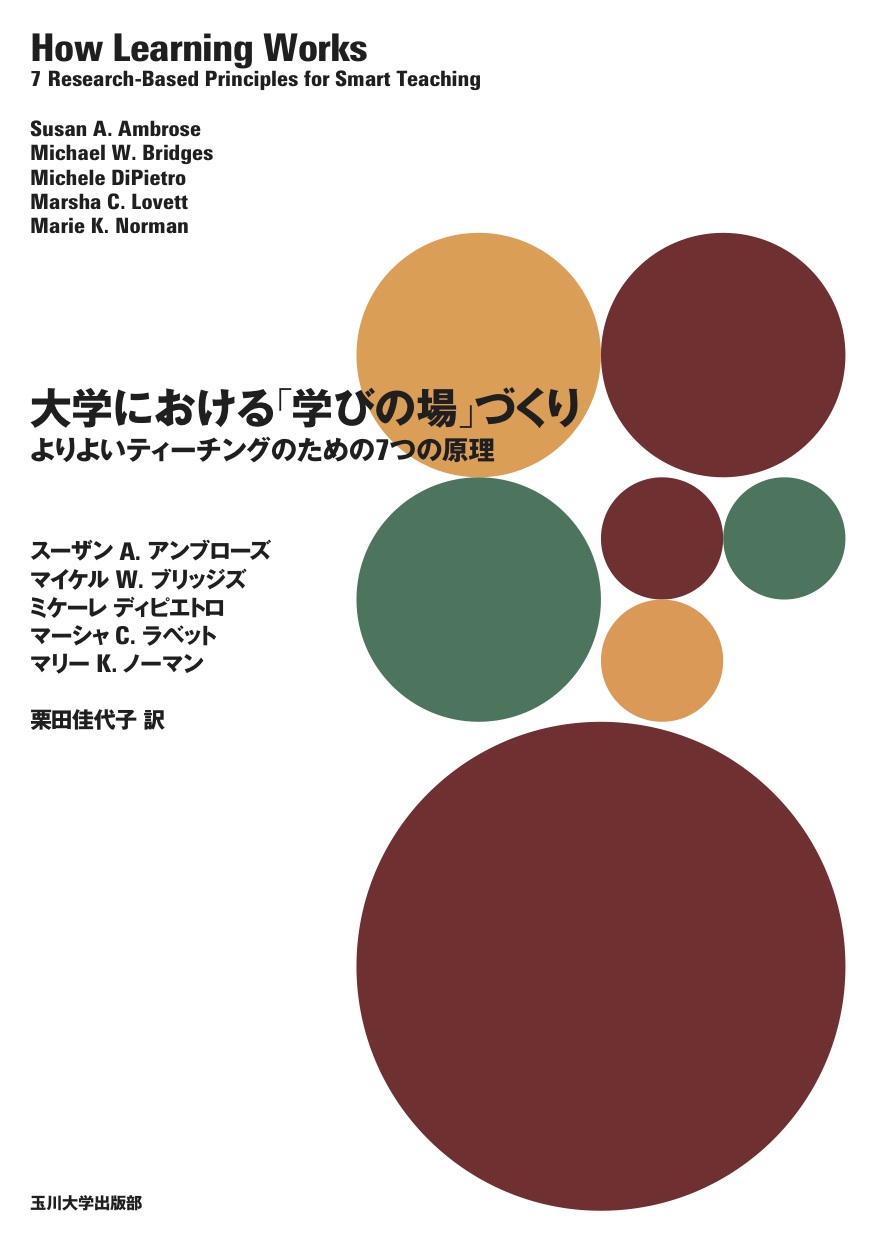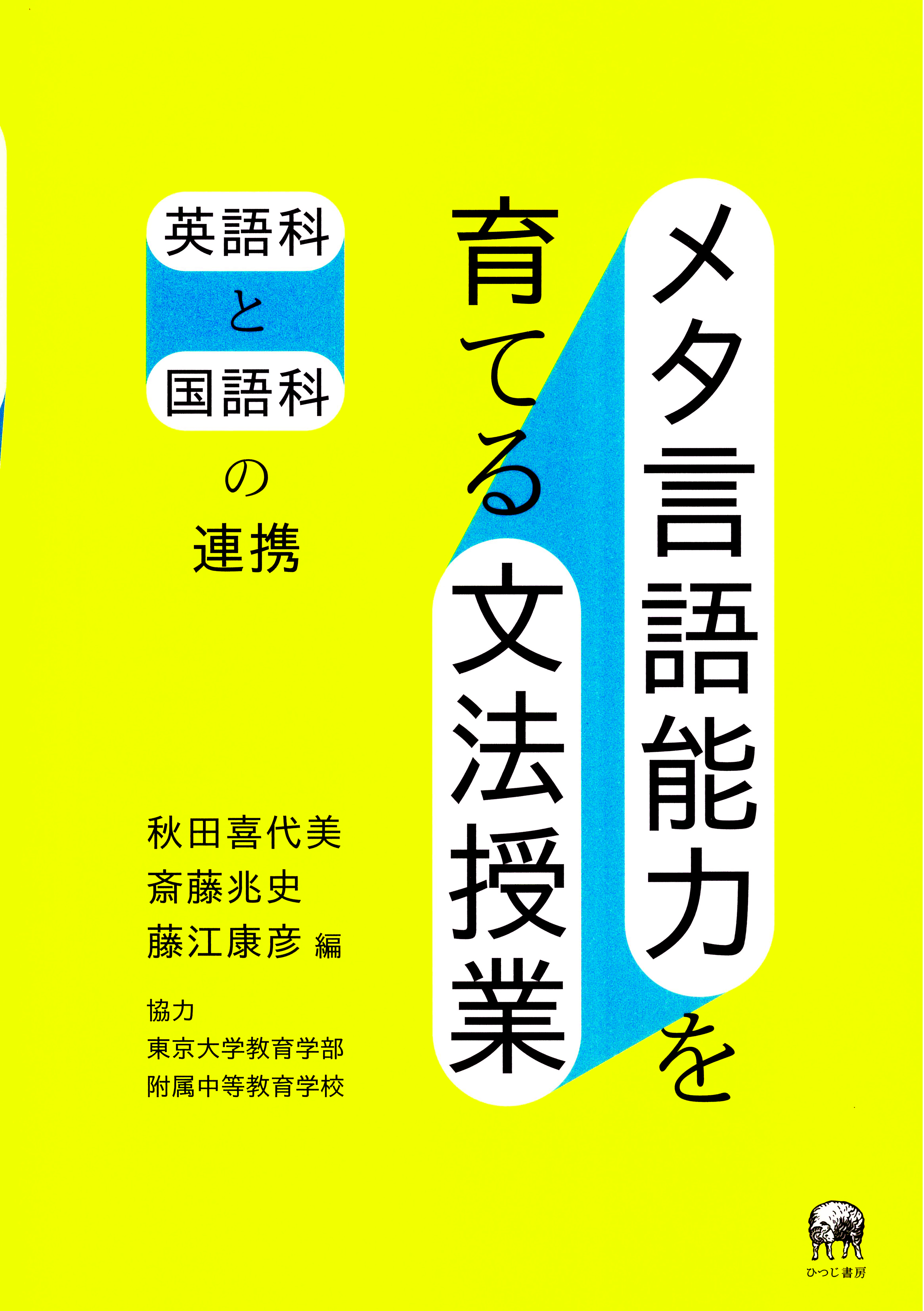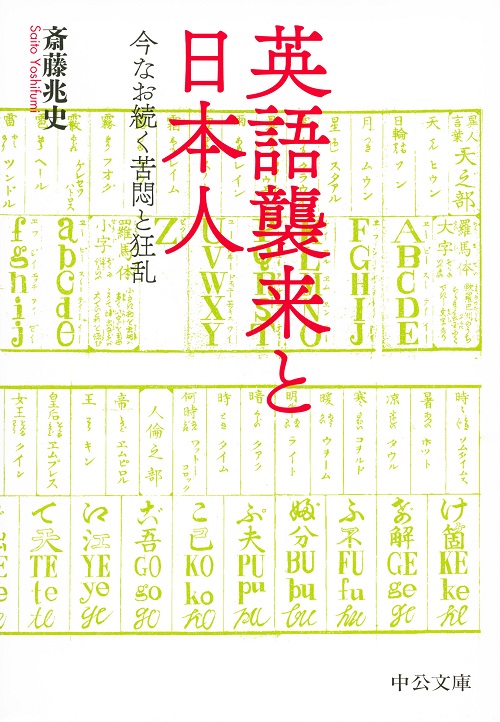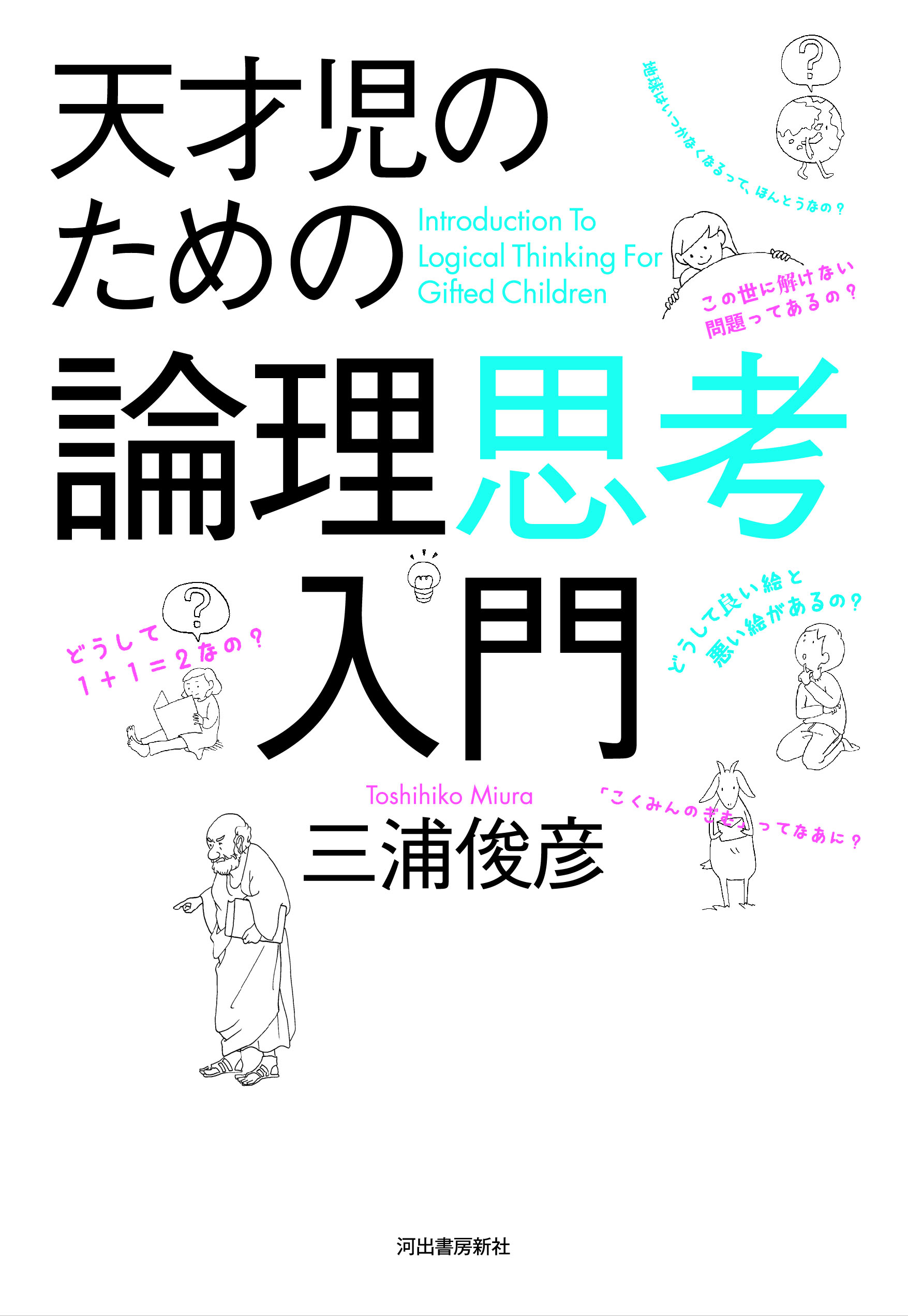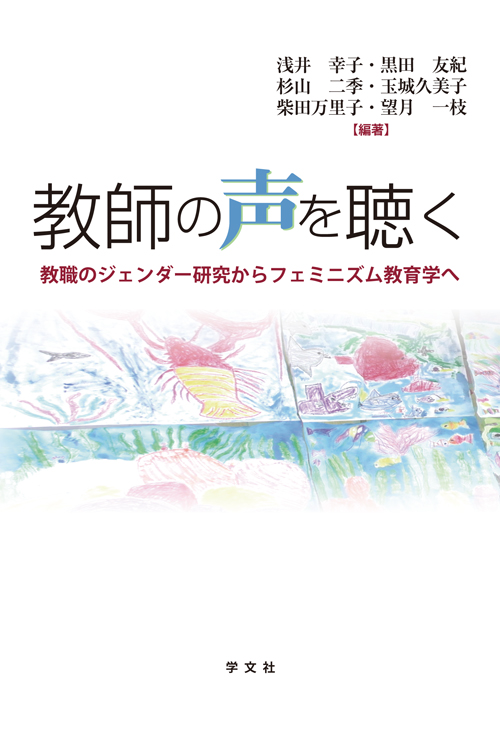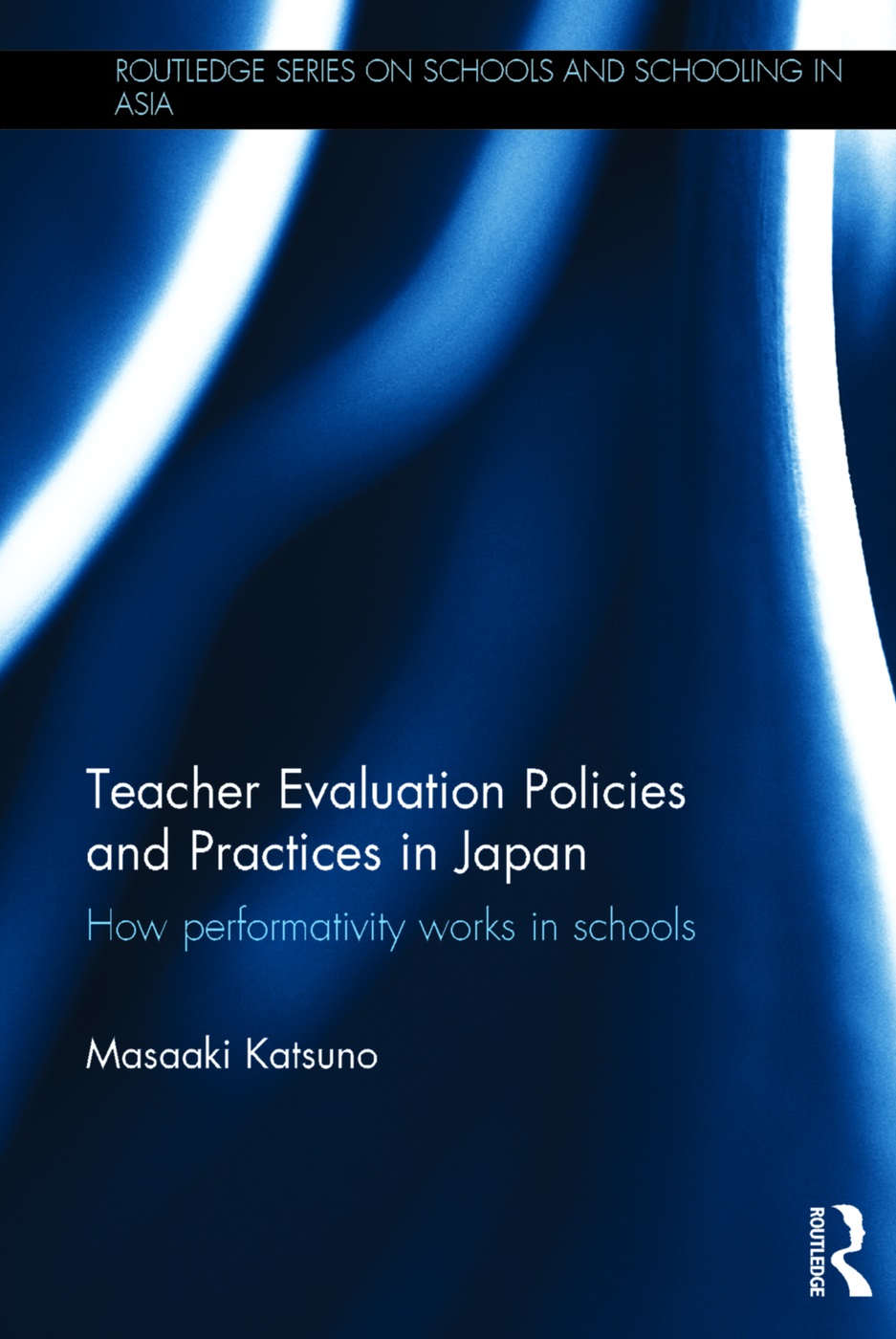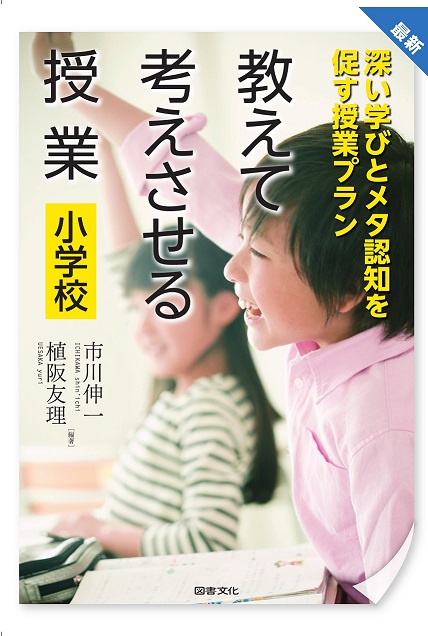
Title
Latest Edition: Saishin Oshiete-Kangaesaseru Jugyō Shōgakkō (Thinking-After-Instruction Approach in Japanese Elementary Schools – Lesson Plans that Promote Deep Learning and Metacognition)
Size
200 pages, A5 format
Language
Japanese
Released
2016
ISBN
978-4-8100-6680-7
Published by
Toshobunka
Book Info
See Book Availability at Library
Japanese Page
In school education, the two essential learning activities are the acquisition of fundamental knowledge and the inquiry into topics set by students themselves. The Thinking-After-Instruction Approach (TAI) has been proposed as a realistic instructional design methodology for promoting deep and high-level acquisition of knowledge and skills. Most teachers in regular schools have to deal with the difficult challenge of catering for the wide variations in students’ academic ability. The basic idea of TAI is to connect receptive learning and problem solving. The teacher provides explanations using easy-to-understand teaching materials during the first half of the class and facilitates collaborative problem solving in the second half using issues that are challenging even for highly capable students.
While some will probably think this methodology is obvious, it is not a method that is frequently used in many Japanese actual classroom settings. There have been extreme variations in teaching methodology used depending on period, region, and type of school (i.e., elementary, middle, and high schools). Many Japanese people have probably experienced both classes where teachers only provide instruction using a textbook and a blackboard and, conversely, classes where teachers encourage children to resolve problems by themselves and debate views and opinions without any instruction or guidance. It is difficult for children with limited academic ability to participate in either type of class. Based on two decades of experience in listening to children in individual learning consultations and observing actual classes, we have significant doubts concerning this situation in Japanese education.
For this reason, in 2001 we proposed TAI as a class style that strives for learning with deep understanding through the following acquisition cycle: teacher explanation – confirmation of understanding – deepening of understanding – self-evaluation. Note that before the class, students are also encouraged to read their textbooks for preparation. In addition we used cognitive psychology as the basic foundation for our proposal in that it includes pertinent theories and findings such as advance organizers, naive concepts, mutual explanation, collaborative problem solving, metacognition, learning motivation, and so forth. TAI may appear to be “obvious,” but it is by no means commonplace in Japanese schools.
Since the publication of books about TAI, the phrase “teach and make students think” (“Oshiete Kangaesaseru” in Japanese) and the consideration of the balance between teachers’ instruction and students’ activities have been included repeatedly in the Central Council for Education’s reports, and there have been significant positive results in terms of academic ability and motivation to learn in schools where the TAI method has been adopted. Our research style has also changed a great deal during this period. Aside from merely presenting academic theories and findings, we now visit schools dozens of times to help implement TAI by assisting to make lesson plans, demonstrating lessons, and facilitating post-class review meetings.
A number of high quality practical case collections have been published over the years. As the newest of these, this book covers not only the main school subjects (mathematics, science, Japanese, society) but also practical skills (sports, music, art, domestic), moral education, and English activity. Readers will be able to grasp the overall characteristics and perspective of TAI. We hope that this book will serve as a useful reference in discussions about how educational psychology and the field of educational practice can cooperate.
(Written by ICHIKAWA Shinichi, Professor and UESAKA Yuri, Assistant Professor, Graduate School of Education / 2018)
Related Info
Ichikawa, S., Uesaka, Y., & Manalo, E. (2017) Three approaches to promoting spontaneous use of learning strategies; bridging the gap between research and school practices. In Manalo, E., Uesaka, Y., & Chinn, C. A. Promoting spontaneous use of learning and reasoning strategies: Theory, research, and practice for effective transfer. Routledge.
Uesaka, Y. , Fukaya, T., & Ichikawa, S. (2017) Strategies for achieving deep understanding and improving learning skills: New approaches to instruction and lesson study in Japanese schools. In M. Chi (Ed.). Cognition, metacognition and academic performance: An east Asian perspective. Routledge.



 Find a book
Find a book


